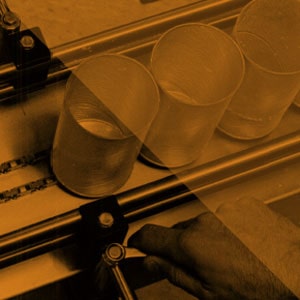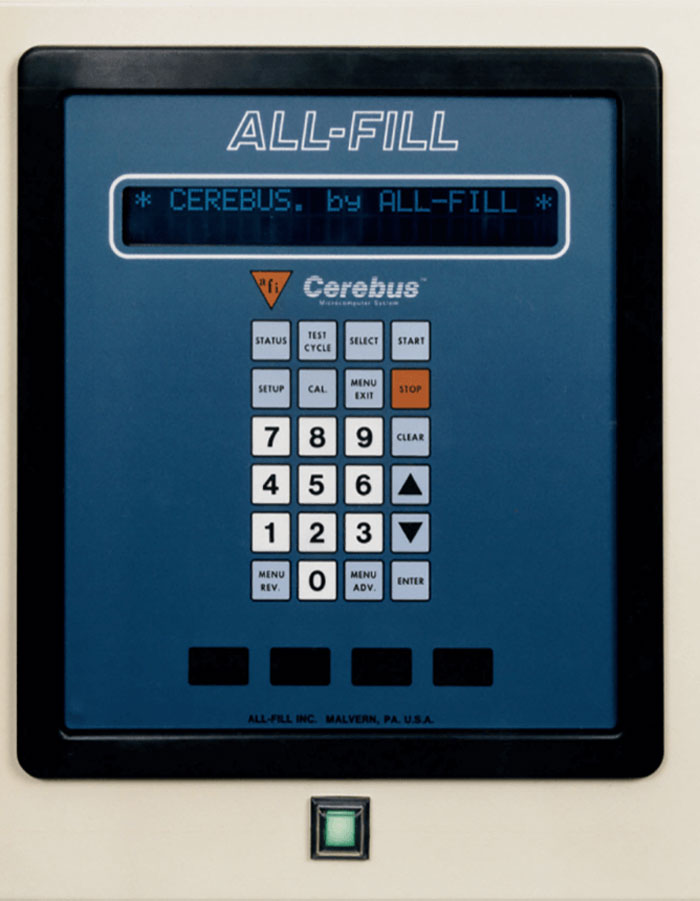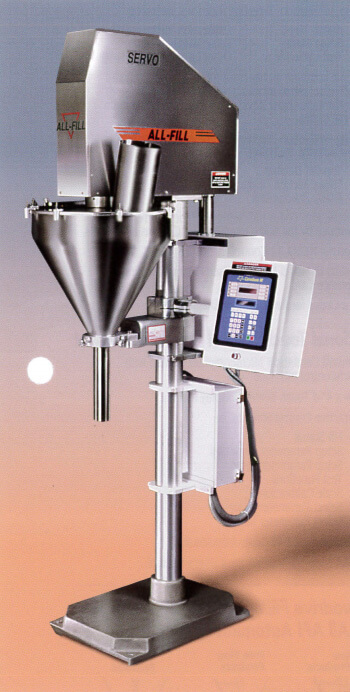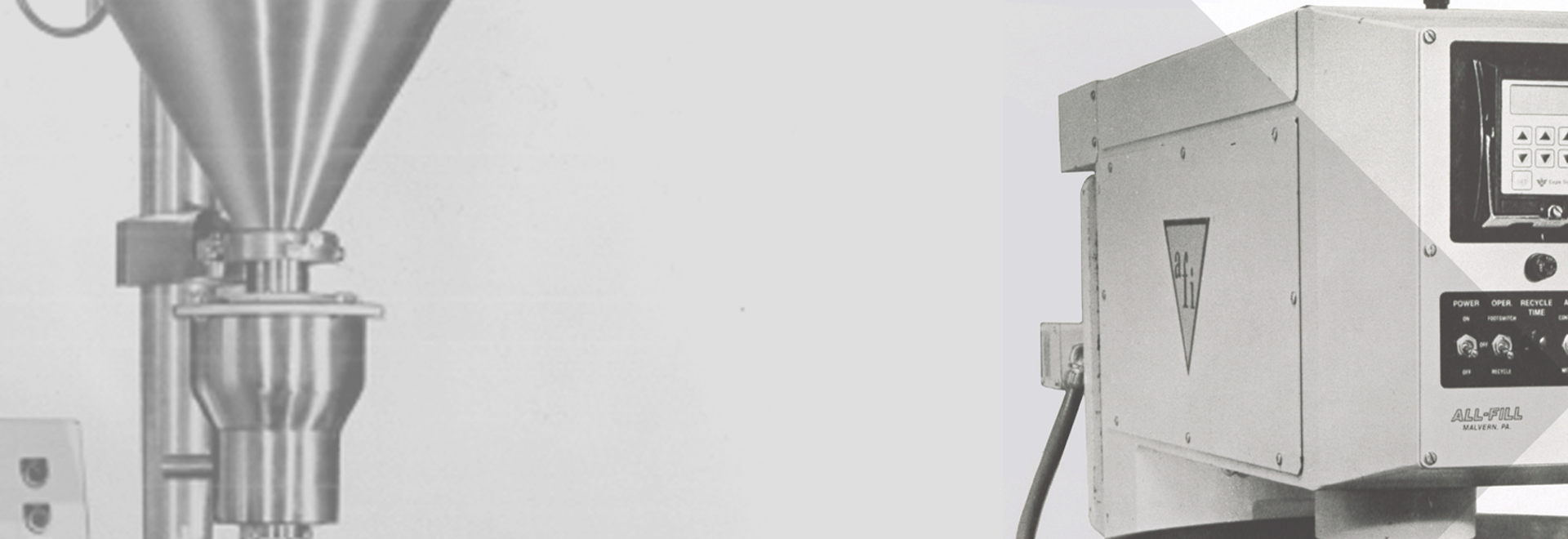
A COMPANY ON THE RISE
ALL COMPANIES HAVE A GREAT SUCCESS STORY; ALLOW US TO PROUDLY SHARE OURS. ALL-FILL INC. IS A FAMILY OWNED AND OPERATED THAT HAS THRIVED OVER THE COURSE OF THREE GENERATIONS OF EDGINTON’S.
Since the very beginning of 1969 some employees have come and gone, others are still employed to this day. The industry has changed and All-Fill was eager to adapt along the way. There were tough times, there were always great times. No matter the business, the key to success is hard work and determination. Never was this truer than in the very beginning, the early years in which the first employees laid the structural foundation and required a work ethic for long-term success and growth. At All-Fill, we have a great story to tell, enjoy following the history of our company throughout this blog series and we will get back to work so that we can continue writing future chapters.
1970
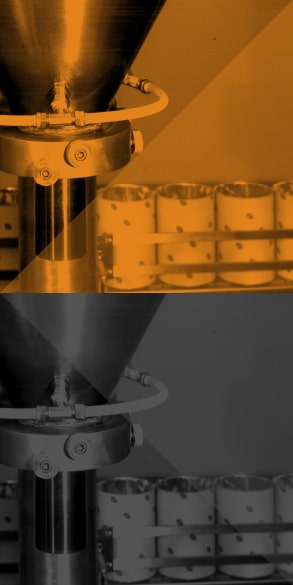
AS IF FOUNDING THE COMPANY, ESTABLISHING A COMMITTED AND HIGHLY QUALIFIED WORKFORCE WASN’T ENOUGH… BY THE END OF THE FIRST YEAR IN BUSINESS, ALL-FILL INSTALLED A TOTAL OF THIRTEEN AUGER FILLING MACHINES.
Dick was always determined to push the limits and made sure to listen to the needs of the customer/end user. As All-Fill established a still relatively small market share of the dry powder filling industry, there became a need to adapt to the ever-changing demands of the customer. A few different OEM (original equipment manufacturers) had a need for a multiple spindle auger filling machine. Often referred to as a multi-fill, these machines utilized a common hopper/fill head oriented in line, perfectly spaced per the application. The Multiple Spindle Auger Filler allowed All-Fill to venture into the realm of automatic packaging machinery, from the industry entry level of semi-automatic packaging machinery.
It has been mentioned that OEMs played such a key role during the early days of All-Fill’s success. Again, just like the first auger filler sale, Prodo-Pack was again the force pushing All-Fill engineers towards a multiple spindle design. Prodo-pack had a unique application to fill qty-4 sachets at once with parmesan cheese, All-Fill jumped at the opportunity. The first multi-fill designs were almost exactly like the machines being designed today, the only aspect of the machinery that has changed drastically was the controls and development of PLC based software programs. All-Fill was well on their way to being fully established at this time, and the development of the multi-fill design gave the company confidence to push forward with innovative projects that carried a high amount of risk.

1971
ALL-FILL FILLERS IN THE EARLY STAGES WERE VERY SIMPLISTIC.

Much different than the technologies that are involved with the machine today, the first auger filler featured a digital timer that was used to time the fill cycle. Today, the same volumetric filling technology is used but a simple PLC is used to input commands. Product fill levels were determined by the amount of time that the auger was asked to turn. The slow speed agitation feature was and still is a staple of the All-Fill filler. It was enclosed in the fill head for a very clean and simplistic look, this was much different from the Mateer design. All-Fill quickly found a clean and comfortable standard of using white paint on the head casting, floor base and electrical enclosure. In the early stages of existence, all tooling was purchased from a Bristol, PA manufacturer, SIG Manufacturing.
In the packaging industry, “tooling” is term often used to describe the various components that are needed for a specific application. In the auger filler world, tooling refers to the auger used to meter the product vertically, the funnel that houses the auger and then any auxiliary pieces that are needed to handle the application with accuracy and rate in mind. Although SIG made a very good auger, delivery, price, and the best quality was something that Dick Edginton strived for and stressed with almost every purchase. These early experiences with SIG were the very beginnings for the architecture that would become Auger Fabrication many years later. Slowly, Dick began to shy away from SIG and developed a relationship with Gary Baker of Auger Manufacturing.
1972

AFTER ALMOST THREE TOTAL YEARS IN BUSINESS, ALL-FILL WAS THE HOME TO FIFTEEN TOTAL EMPLOYEES, A STAGGERING 300% INCREASE SINCE THE INCEPTION OF THE COMPANY IN 1969.
All-Fill was quickly becoming a name to be reckoned with in the industry but was only lacking more experience and installations. It was almost certain that the sale of DMC was having a positive effect on the growth of All-Fill.

